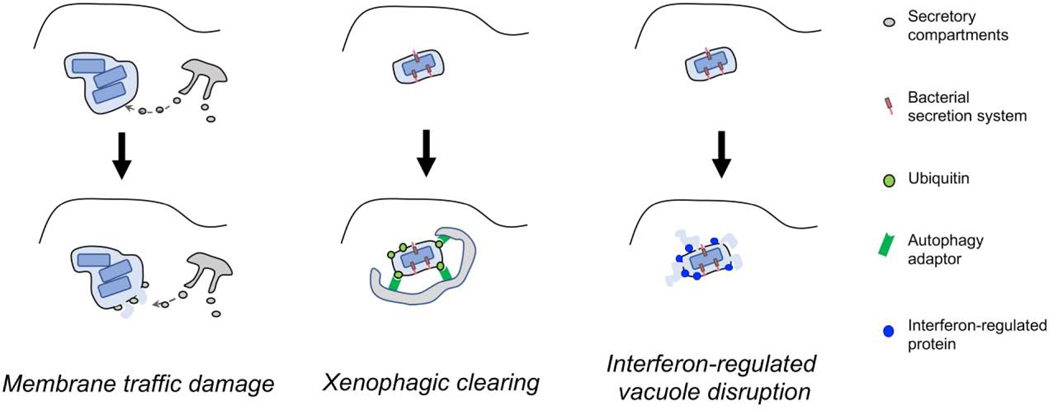Figure 1. Host cell attacks on the replication vacuole.
Membrane traffic damage: Membrane traffic from host cells directed at the pathogen-containing compartment results in destabilization of the vacuolar membrane. The process that allows the host cell to recognize the vacuole is unknown. Xenophagic clearing. Replication compartments marked as derived from pathogens are recognized by the host as foreign. One strategy used is to ubiquitinate the vacuole, allowing recognition by autophagy adaptors followed by clearing, in a process called xenophagy. Specialized bacterial secretion systems can mark the replication vacuole as foreign. Interferon-regulated vacuole disruption. In response to pathogen attack, interferons are release, inducing expression of interferon-stimulated genes (ISGs). A subset of ISGs are believed to recognize pathogen compartments as foreign disrupting the compartment and releasing the pathogen into the cytosol. An interferon-dependent attack on the pathogen then occurs to clear of the infected cell.

